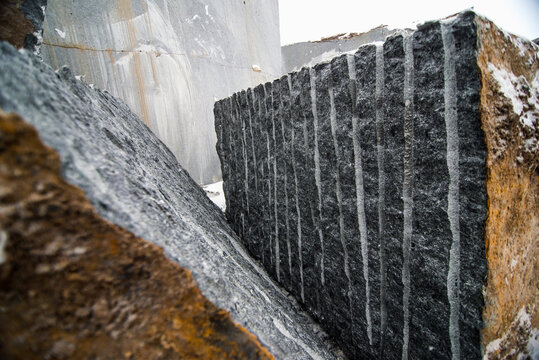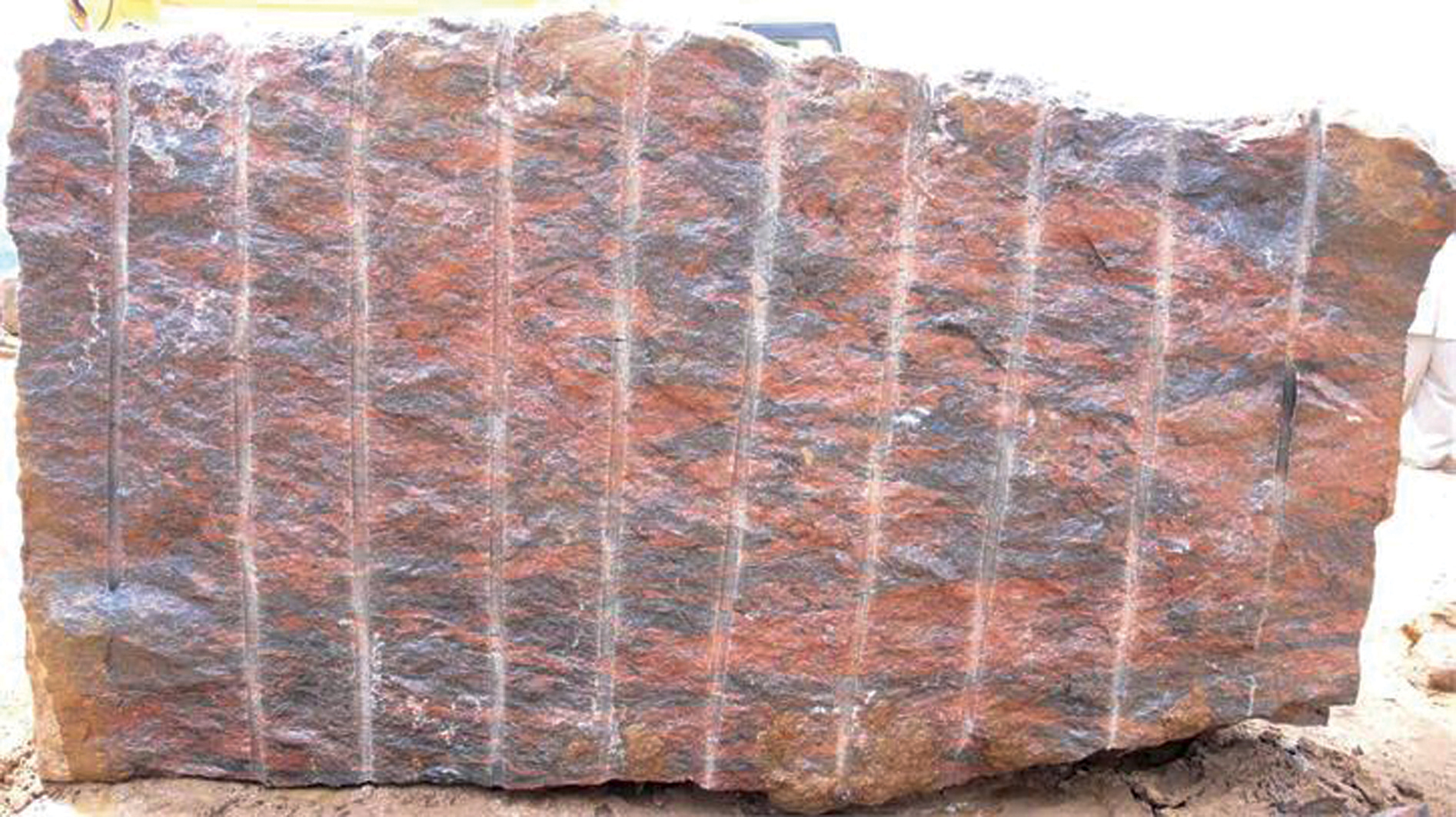Uncovering the Rich History and Lasting Practices of Granite Quarrying
As we base on the precipice of revealing the complex tapestry of granite quarrying, a trip with time discloses not just the physical act of removing rock but likewise the social and historical value woven right into the very material of this practice. From the ancient origins that laid the foundation for contemporary quarrying techniques to the lasting practices that are forming the future of this sector, each chisel mark on granite surfaces informs a tale waiting to be unearthed (granite quarries in south africa). The tradition of granite quarrying extends much beyond simple removal; it is a testimony to human ingenuity, durability, and the long-lasting attraction of this impressive stone
Ancient Origins of Granite Quarrying
Going back to old civilizations, the practice of quarrying granite has been an indispensable component of human history and architectural development. The earliest proof of granite quarrying days back to old Egypt, where massive pyramids and complex sculptures were crafted from this sturdy rock. The Egyptians utilized primitive tools to extract granite blocks from quarries, showcasing the significance of this product in their huge building and constructions.
Progressing in history, the Greeks also made considerable contributions to the quarrying of granite. The Greeks utilized granite in different architectural marvels, such as temples and sculptures, demonstrating their skill in shaping and carving this durable rock. The Romans further refined the strategies of quarrying granite, using innovative devices like chisels and hammers to extract and form granite for their legendary frameworks.
Through the centuries, the technique of quarrying granite has actually progressed, with contemporary technologies enhancing performance while maintaining the ageless appeal of this all-natural rock - granite quarries in south africa. From old worlds to modern contractors, the heritage of granite quarrying remains to shape our world
Advancement of Quarrying Strategies
The advancement of quarrying methods has been marked by a continual development towards better effectiveness and precision in extracting granite. From the basic techniques utilized by our ancestors to the innovative innovations utilized in contemporary quarrying procedures, the market has undertaken significant advancements. Early quarrying methods entailed manual work with basic devices such as blades, hammers, and wedges to remove granite blocks from the earth. As worlds proceeded, methods like fire-setting and primitive explosives were introduced to facilitate the extraction process.
In more current times, the introduction of equipment transformed the quarrying sector, making it possible for faster extraction prices and increased productivity. Technologies such as ruby wire saws, high-pressure water jets, and pneumatic drills have ended up being basic in contemporary quarries, permitting exact cutting and minimized waste. Furthermore, developments in computer-controlled tools and 3D modeling have actually optimized quarrying procedures, bring about minimal environmental impact and enhanced sustainability practices. As the demand for granite remains to increase, the development of quarrying strategies continues to be indispensable to conference sector requires efficiently and sustainably.
Cultural Importance of Granite
Granite holds a profound cultural value throughout numerous worlds because of its enduring visibility in building masterpieces and revered monoliths. From the magnificent pyramids of Egypt to the intricate makings of the Angkor Wat holy place in Cambodia, granite has been a product of option for revealing splendour and longevity in social heritage. In ancient Rome, granite columns decorated holy places and public structures, signifying toughness and permanence. The social value of granite prolongs past its physical attributes; it personifies durability, stability, and timelessness, making it an icon of check this withstanding legacies and practices.

Lasting Practices in Quarrying
In the middle of the rich background of granite quarrying and its cultural importance exists a growing focus on sustainable practices within the sector. As environmental recognition and problems regarding source exhaustion have actually heightened globally, the quarrying market has actually increasingly welcomed lasting techniques to minimize its effect on the atmosphere and bordering neighborhoods.

Moreover, recovery and check out here recovery of quarry websites post-extraction are indispensable to lasting techniques. By recovering quarried locations to an all-natural or valuable state, such as developing wild animals environments or recreational areas, quarriers can balance out the ecological impact of their procedures and contribute positively to the local ecosystem.
Heritage of Granite Quarrying
With a historic background soaked in workmanship and industrial development, what withstanding impact has granite quarrying left on the landscape of modern culture? The tradition of granite quarrying transcends mere removal techniques; it has actually shaped architectural wonders, metropolitan landscapes, and social heritage worldwide. The long lasting nature of granite has actually made it a favored selection for monoliths, buildings, and infrastructure, standing as a testimony to the skill and creativity of quarry workers throughout generations.
Additionally, the economic footprint of granite quarrying can not be forgotten. The sector remains to offer job opportunity and drive regional economic climates in areas where granite extraction prevails. It has actually also stimulated technological advancements in quarrying methods and equipment, bring about a lot more efficient and sustainable techniques.
In regards to sustainability, the heritage of granite quarrying includes efforts to minimize environmental impacts with recovery projects and accountable source management. By balancing financial passions with environmental stewardship, the market aims to ensure that future generations can continue to profit from this enduring all-natural resource.
Final Thought
